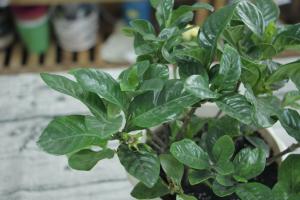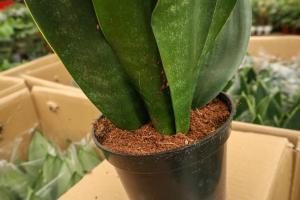Are fans good for plants?
For many indoor plant enthusiasts, fans play a crucial role in maintaining ideal growing conditions for their plants. Fans can provide plants with an influx of fresh air, prevent stagnant air pockets, help distribute light, and promote overall healthy growth. However, fans may not always be necessary or suitable for all types of plants, and there are some potential drawbacks to consider before investing in one.
The benefits of using fans for plants
One of the most significant benefits of using fans for plants is that they can greatly improve air circulation within an indoor setting. When plants are grown in a confined space, such as a room or greenhouse, stagnant air can become a serious issue, leading to mold growth, pests, and disease. Fans can help prevent these problems by keeping the air moving and reducing humidity levels.
Fans can also help distribute light more evenly throughout plants, which in turn can lead to healthier growth. When plants receive adequate light from all angles, they are less likely to develop uneven growth patterns or leggy stems.
Finally, fans can help simulate outdoor growing conditions for plants. In a natural, outdoor setting, plants are subject to the wind blowing across their leaves, which can help strengthen their stems and promote more robust growth. Indoor fans can replicate this effect and help plants build stronger branches and stems.
When not to use fans for plants
While fans can be beneficial for most plants, there are some instances where they may not be necessary or appropriate. For example, some sensitive plant species may not respond well to the constant airflow provided by a fan, leading to leaf damage or dehydration. Also, if the ambient temperature in the growing area is already very low, a fan blowing directly on plants could cause them to become too cold and suffer from stress or damage.
Another consideration is noise level. While fans are generally quiet, some models may produce a noticeable hum or vibration that could be disruptive to people working or living nearby. Finally, the cost of purchasing and running a fan should also be taken into account. If the growing area is small or relatively open, a fan may not be necessary, and the investment may not be worthwhile.
Conclusion
Fans can be an excellent addition to an indoor growing space and offer many benefits to plants. However, it is important to consider the needs of specific plant species, ambient temperature levels, and noise factors before implementing a fan. Ultimately, the decision to use a fan should be based on individual growing conditions and goals.

 how many times do yo...
how many times do yo... how many planted tre...
how many planted tre... how many pine trees ...
how many pine trees ... how many pecan trees...
how many pecan trees... how many plants comp...
how many plants comp... how many plants can ...
how many plants can ... how many plants and ...
how many plants and ... how many pepper plan...
how many pepper plan...































